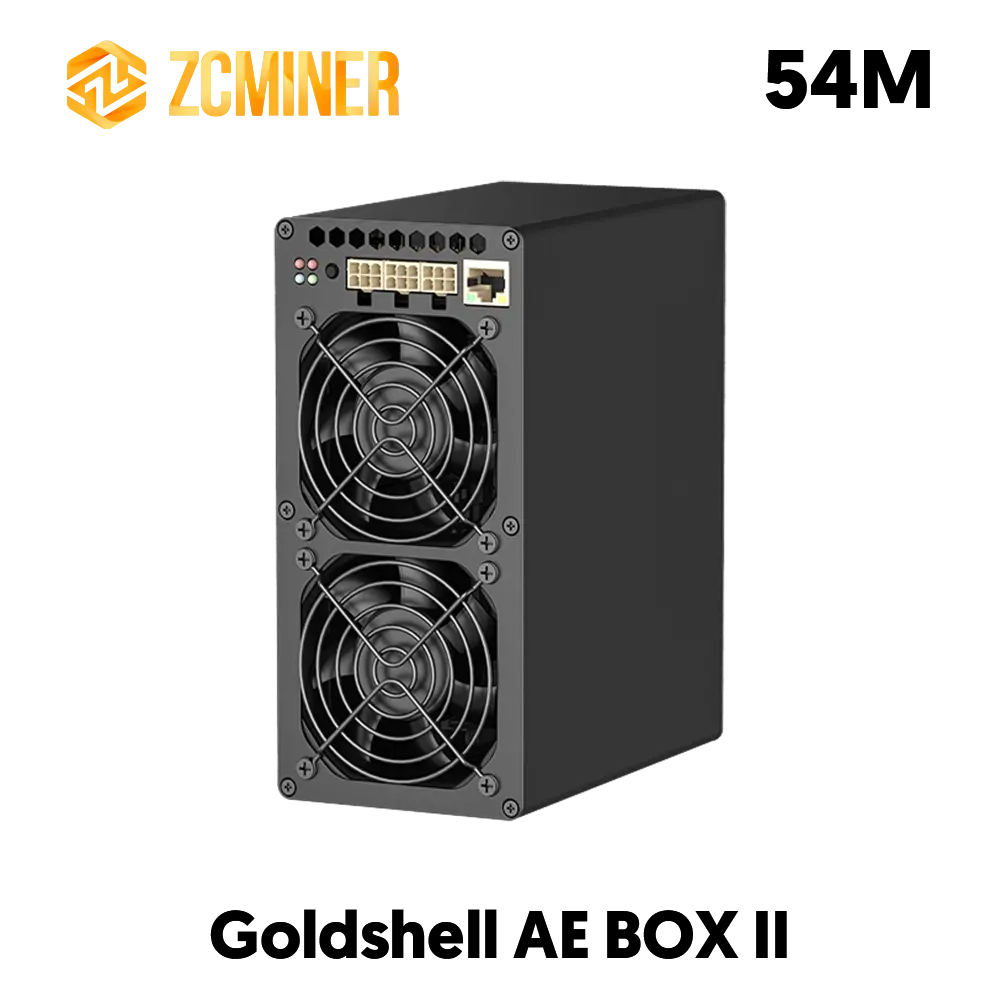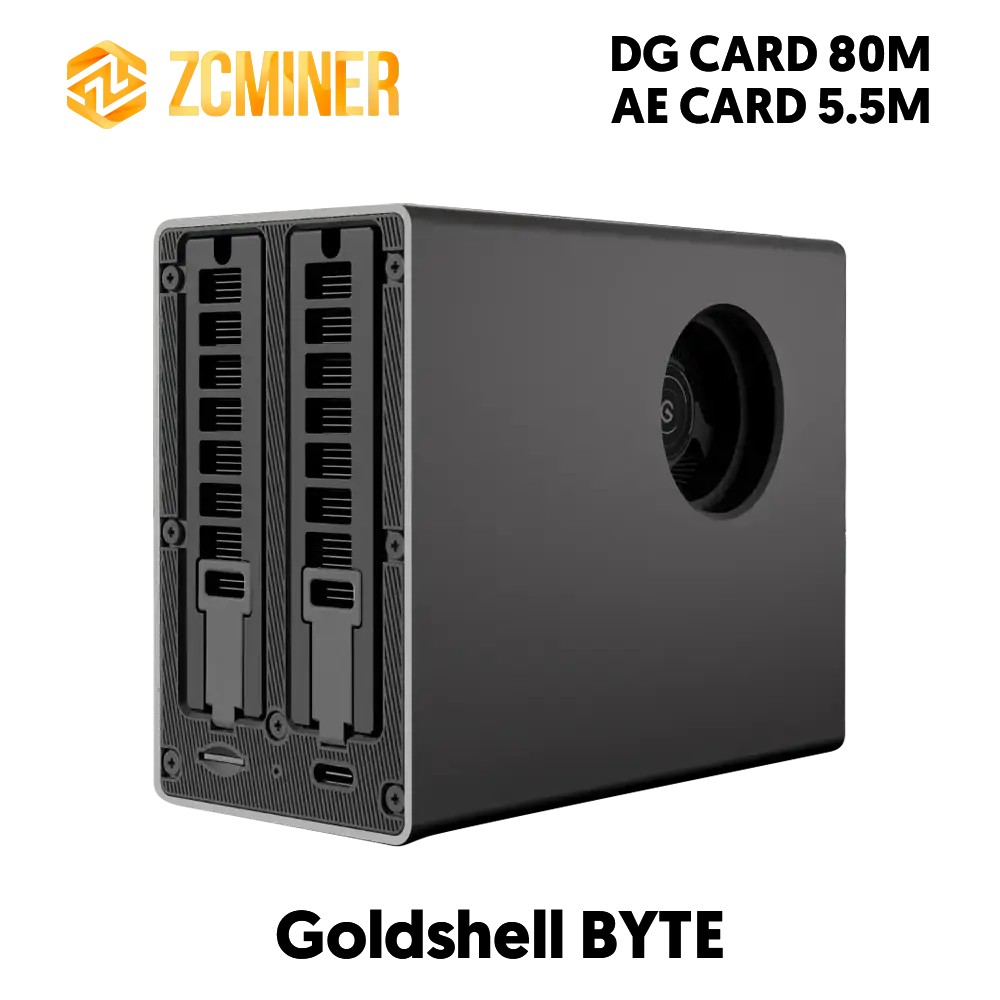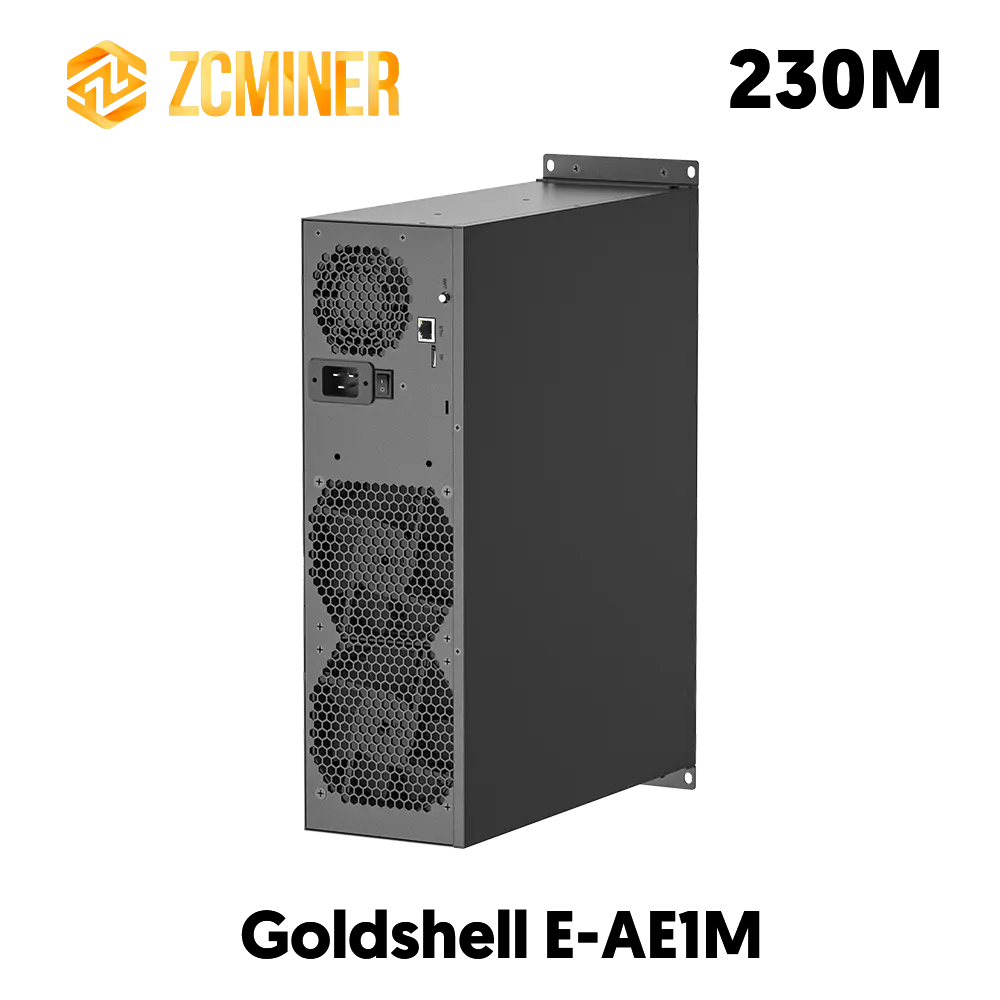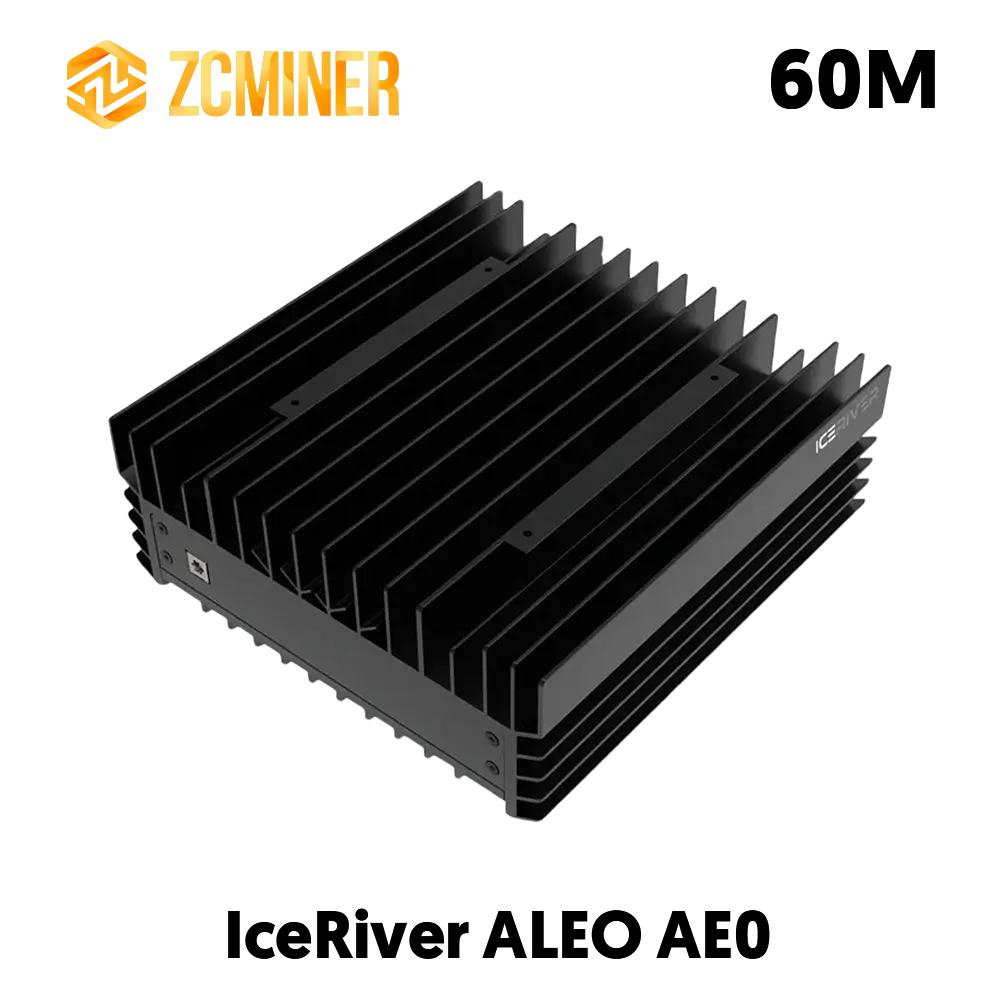In 2025, quiet crypto miner and best home miner have become the go-to choices for home-based crypto enthusiasts. Mining no longer has to mean loud fan noise and skyrocketing electricity bills — modern profitable mining rigs are now silent, energy-efficient, and home-friendly.
This guide lists the Top 5 crypto miners for home use in 2025, combining silent mining machine design with real profitability. We’ve included ASIC and GPU options for BTC, LTC, DOGE, KAS, ETC and more, so you can start mining profitably from your home without disturbing your daily life.
1. Canaan Avalon Q – Quiet Bitcoin Miner for Home
-
Hashrate: 90 TH/s (SHA-256)
-
Power Consumption: 800–1684W (adjustable modes)
-
Noise Level: ≈45 dB
-
Price: ≈$1,400
-
Supported Coins: Bitcoin (BTC)
-
Keywords: quiet crypto miner 2025, best miner for BTC, low power crypto miner
The Avalon Q is a home-friendly ASIC miner designed for quiet operation and adjustable energy modes. At just 45 dB, it’s far quieter than most Bitcoin miners, making it ideal for a study or home office.

2. VolcMiner D1 Mini – Silent Dual Scrypt Miner
-
Hashrate: 2.2 GH/s (Scrypt)
-
Power Consumption: 500W
-
Noise Level: <40 dB
-
Price: ≈$1,200
-
Supported Coins: Litecoin (LTC), Dogecoin (DOGE)
-
Keywords: silent mining machine, best miner for LTC DOGE, profitable mining rig
The D1 Mini can mine LTC and DOGE simultaneously, providing more stable earnings. Its low-noise design makes it perfect for quiet home environments where disturbance must be minimal.

3. Goldshell AE Box II – ALEO Dedicated Miner
-
Hashrate: 54 MH/s (zkSNARK algorithm)
-
Power Consumption: 530W
-
Noise Level: ≈35 dB
-
Price: ≈$170
-
Supported Coins: ALEO
-
Keywords: quiet miner, home miner, ALEO mining
Goldshell AE Box II is a miner specially designed for ALEO cryptocurrency using the zkSNARK algorithm. It delivers 54 MH/s hash rate at just 530W power consumption, producing a low noise level of around 35 decibels — making it very suitable for home environments.

4. NVIDIA RTX 4090 – Versatile GPU Mining Beast
-
Hashrate: Kaspa ~2.43 GH/s; ETC ~127 MH/s
-
Power Consumption: ≈300W
-
Noise Level: ~50 dB (depends on cooling)
-
Price: ≈$1,700
-
Supported Coins: KAS, ETC, and other GPU-minable coins
-
Keywords: GPU mining 2025, best GPU miner, multi-coin mining
The RTX 4090 isn’t just for gaming — it’s one of the most profitable GPU mining rigs of 2025. It offers multi-coin flexibility and can switch algorithms to mine the most profitable coins automatically.
5. Bitmain Antminer L9 – Litecoin & Dogecoin Miner
-
Hashrate: 17 GH/s (Scrypt algorithm)
-
Power Consumption: 3360W
-
Noise Level: Around 75 dB
-
Price: ≈$8000
-
Supported Coins: Litecoin (LTC), Dogecoin (DOGE)
-
Keywords: high-performance miner, LTC DOGE mining, large-scale mining
The Bitmain Antminer L9 delivers powerful performance for Scrypt algorithm coins but with higher power consumption and noise levels, making it more suitable for larger mining setups than typical home use.

Home Mining Setup Recommendations: Creating the Ideal Environment
Setting up a quiet crypto miner 2025 in your home goes beyond simply plugging in the machine. Proper deployment can maximize efficiency, extend hardware life, and minimize disruptions:
-
Power Configuration:
Use a dedicated electrical circuit for your miner to avoid overloads and reduce fire risk. Ensure your wiring supports your miner’s wattage and use surge protectors to protect against voltage spikes. -
Noise Isolation:
Place your miner in a well-ventilated but isolated area such as a utility room or soundproof cabinet to minimize noise exposure. Employ sound-absorbing materials and vibration pads to further reduce noise. -
Heat Management:
Despite low power consumption, mining hardware generates heat. Use small, quiet exhaust fans or place the rig near a window to vent heat outdoors. Avoid placing miners near heat-sensitive electronics or living spaces. -
Safety Measures:
Keep your mining setup away from flammable materials, regularly inspect cables, and maintain clean surroundings to prevent dust accumulation which can cause overheating.
Electricity Cost & Profitability Calculation: An Example
Understanding your electricity costs is key to evaluating profitability. Here’s a practical example for a home miner:
-
Miner Power Consumption: 600W (0.6 kW)
-
Daily Running Time: 24 hours
-
Electricity Price: $0.12 per kWh
Daily Electricity Cost = 0.6 kW × 24 h × $0.12/kWh = $1.73
If your miner generates $3.50 in daily coin revenue, your net profit is roughly:
$3.50 (revenue) - $1.73 (electricity) = $1.77 per day
Over a month, that’s approximately $53 in profit, assuming stable coin prices and difficulty.
Miner Maintenance & Troubleshooting Tips
To ensure consistent mining performance and prolong your hardware life:
-
Regular Cleaning: Dust buildup impairs cooling. Use compressed air every few weeks to clean fans and heat sinks.
-
Monitor Temperatures: Use mining management software or hardware sensors to track temperature. Ideal operating temps are usually under 75°C.
-
Network Stability: Maintain a stable internet connection. Frequent disconnects reduce mining efficiency.
-
Firmware Updates: Keep your miner’s firmware updated for optimal performance and security patches.
-
Common Issues:
-
Overheating → Improve ventilation or reduce power settings
-
Hashrate drops → Check network, reboot miner, or reconfigure mining pool
-
Hardware failure → Contact manufacturer support or authorized service
-
Future Trends in Home Crypto Mining
Looking ahead, several trends will shape quiet crypto miner 2025 and beyond:
-
Increased Integration of AI and Automation: Smart mining rigs will auto-optimize power and cooling dynamically.
-
Energy Recovery Solutions: Using waste heat for home heating (mining heaters) will grow in popularity.
-
Broader Algorithm Support: Miners capable of switching between multiple algorithms for profit maximization.
-
Green Energy Synergy: Combining home solar/wind power systems with mining to reduce electricity costs and carbon footprint.
-
Compact Modular Designs: More compact, stackable miners designed for urban apartments.
FAQ: Common Questions About Home Crypto Mining
Q: How noisy is a typical home miner?
A: For example, Goldshell AE Box II operates at around 35 dB — similar to a quiet office. GPU miners like RTX 4090 produce around 50 dB depending on cooling.
Q: Can I mine multiple coins on the same miner?
A: GPUs offer multi-coin flexibility. ASICs typically target specific algorithms, but some dual-mode miners exist (e.g., VolcMiner D1 Mini for LTC and DOGE).
Q: What’s the minimum internet speed needed?
A: 1-5 Mbps stable connection is usually sufficient for mining.
Q: How much space do I need?
A: Most home miners are compact (under 10kg). Plan for adequate airflow and noise isolation space.
Comparison Table
| Miner Model | Hashrate (Algorithm) | Power (W) | Noise (dB) | Price (USD) | Supported Coins | Efficiency |
|---|---|---|---|---|---|---|
| Canaan Avalon Q | 90 TH/s (SHA-256) | 800–1684 | ≈45 | ≈1,400 | BTC | ≈33.7 J/TH |
| VolcMiner D1 Mini | 2.2 GH/s (Scrypt) | 500 | <40 | ≈1,200 | LTC, DOGE | ≈0.23 J/MH |
| Goldshell AE Box II | 54 MH/s (zkSNARK algorithm) | 530W | ≈35 | ≈170 | ALEO | ≈9.81J/MH |
| NVIDIA RTX 4090 | KAS 2.43 GH/s; ETC 127 MH/s | ≈300 | ~50 | ≈1,700 | KAS, ETC, others | Varied |
| Bitmain Antminer L9 | 17 GH/s (Scrypt algorithm) | 3360W | ≈75 | ≈8000 | LTC, DOGE | ≈210 J/GH |
References
-
Canaan Avalon Q (90Th/s) Bitcoin Miner – https://zhenchainmicro.com/products/canaan-avalon-q-90th-s
-
VolcMiner D1 Mini Pre (2.2Gh/s ) Litecoin & Dogecoin Miner – https://zhenchainmicro.com/products/volcminer-d1-mini-pre-2-2gh-s
-
Goldshell AE BOX II (54Mh/s) ALEO Miner – https://zhenchainmicro.com/products/goldshell-ae-box-ii-54mh-s
-
Bitmain Antminer L9 Litecoin & Dogecoin Miner – https://zhenchainmicro.com/products/bitmain-antminer-l9











コメントを残してください
このサイトはhCaptchaによって保護されており、hCaptchaプライバシーポリシーおよび利用規約が適用されます。